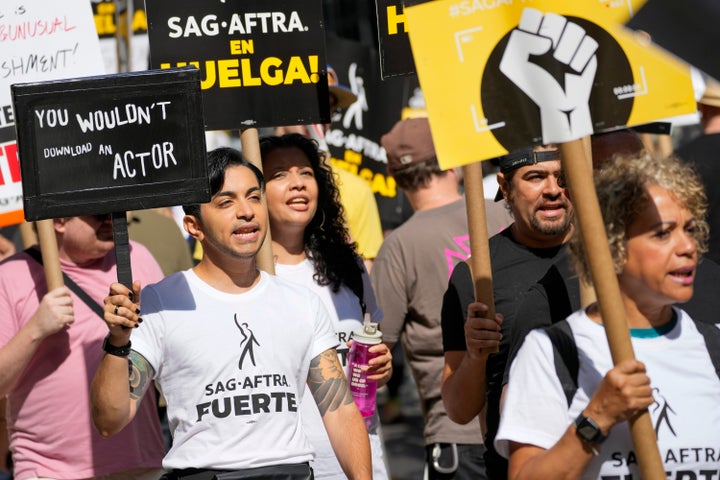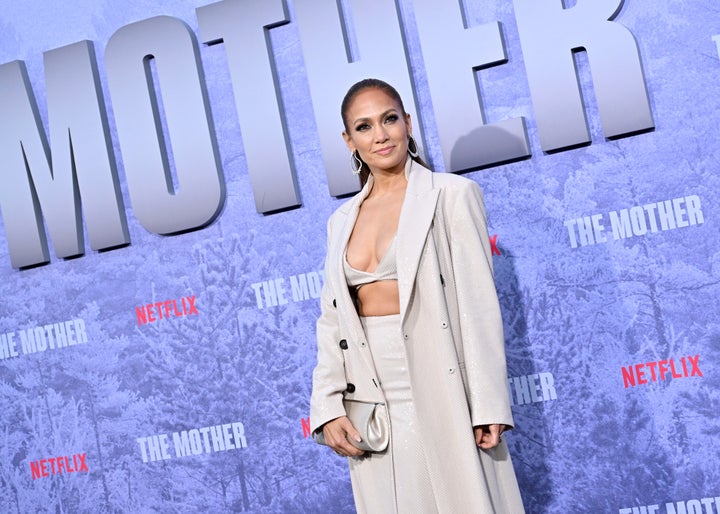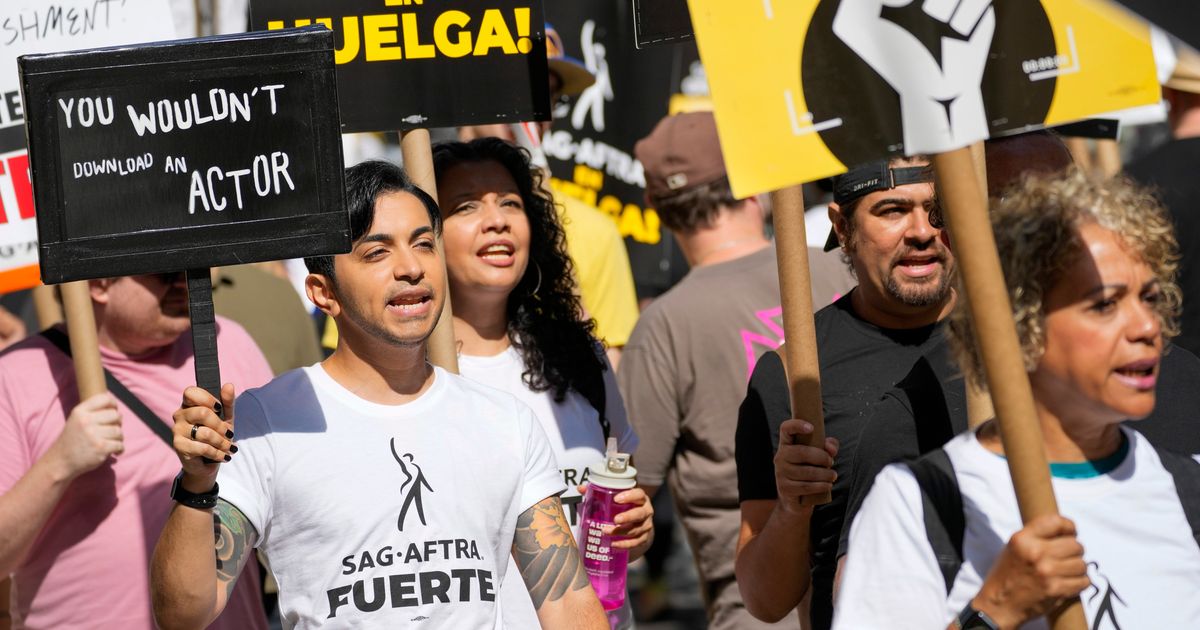In 2022, nearly 60% of Latino lead characters in Hollywood’s top films were depicted as criminals. Forty percent were portrayed as angry, and more than 30% were sexualized. And more than a quarter were presented solely as the comic relief of their movie, often opposite a more three-dimensional white character. To add insult to injury, many of these characters are often portrayed as foreign, further otherizing and marginalizing Latinos in the U.S.
The persistence of these harmful stereotypes and tired tropes is among the many glaring findings of a new study on Latino representation in major Hollywood movies. Or more precisely, the report, from the University of Southern California’s Annenberg Inclusion Initiative, is really about the persistent invisibility of Latinos on the big screen. That’s despite 20% of Americans identifying as Hispanic/Latino in the latest U.S. Census. In Los Angeles, where many of the decisions for these movies get made, almost 50% of the population identifies as Hispanic/Latino.
Since 2007, the group has collected data on the top 100 highest-grossing Hollywood films each year and broken down who is represented in front of and behind the camera. Their newest report, released Monday, is the third time the group has specifically drilled down on Latino representation — and virtually nothing has changed, according to the data. In fact, some of it, such as the prevalence of stereotypical Latino lead characters, has actually worsened in recent years, the group found.

The report suggests that too often, Latinos are either stereotyped in major movies, or they aren’t on-screen at all. The report, which uses the census category of Hispanic/Latino for consistency, found that in 2022, only 5% of lead characters in the top 100 highest-grossing Hollywood movies were Hispanic/Latino, and 5.8% of all speaking characters were Hispanic/Latino. More than 40% of films in 2022 didn’t have a single Hispanic/Latino character.
Those numbers have barely moved since 2007, according to the data. One major exception was in 2021, the only year the percentage of Hispanic/Latino characters in top films exceeded 10%, thanks to the release of three big movies with Hispanic/Latino leads: “West Side Story,” “In the Heights” and “Encanto.”
“There is a clear and persistent lack of stories that center on Hispanic/Latino actors and the Hispanic/Latino experience,” the report’s lead author Ariana Case said in a press release. “Despite the profusion of talent from this community, there is a clear reluctance on the part of the entertainment industry to develop and distribute these stories.”
The numbers are even lower for Latinos with intersectional identities, such as Afro-Latinos, LGBTQ Latinos and disabled Latinos, showing a lack of variety and nuance when it comes to Latino stories from major Hollywood studios.
The persistent lack of progress on representation means that very few Latino stars and filmmakers get the chance to have any sort of career longevity in Hollywood. For example, from 2007 to 2022, only 14 lead or co-lead characters in major movies were played by Hispanic/Latino actors 45 years old and above, according to the group’s data. Just five of those characters were women — and three of them were played by one actor: Jennifer Lopez.

Axelle/Bauer-Griffin via Getty Images
As this kind of research perennially documents, the lack of representation on-screen goes hand in hand with a lack of representation behind the camera. In 2022, just 3.5% of directors of the top 100 highest-grossing movies were Hispanic/Latino, the study found. Those numbers are similarly low for other key decision-making roles on movies, such as producers and casting directors.
Having Latinos in positions of power makes a substantial difference. For instance, the researchers found that in films with Hispanic/Latino casting directors, Hispanic/Latinos filled 12.6% of speaking roles, compared to just 5.2% of roles in films with non-Hispanic/Latino casting directors.
Finally, the study also took a closer look at what kinds of institutional support recent films with Hispanic/Latino leads have been getting. In 2021 and 2022, films with Hispanic/Latino leads had lower median production and marketing budgets compared to films with non-Hispanic/Latino leads. While Hispanic/Latino creators are tirelessly working to tell their stories, they often lack the institutional support and major platforms for their work.
As in previous years, the report ends with a wide array of solutions. They range from studios and production companies considering more Latino filmmakers for plum directing opportunities, to casting directors and talent agents championing Latino actors, to film festivals programming more Latino-led films and creating initiatives to support emerging Latino filmmakers, to philanthropists launching funds specifically for Latino-led projects. Or at the very least, more individuals with a lot of power in Hollywood should be putting their names and money behind projects from Latino filmmakers. Whatever the approach, the researchers repeatedly underscore that it’s past time for any excuses for industry leaders’ inaction.
“For the third time, we are imploring the industry to create change and authentically and meaningfully represent the Hispanic/Latino community in popular storytelling,” they wrote in the report. “Falling back on excuses, leaning into outdated stereotypes, and refusing to try are simply no longer acceptable. There are talented Hispanic/Latino filmmakers ready to work and compelling stories about Hispanic/Latinos to tell. It’s time for gatekeepers to open the floodgates and bring them to our screens.”




